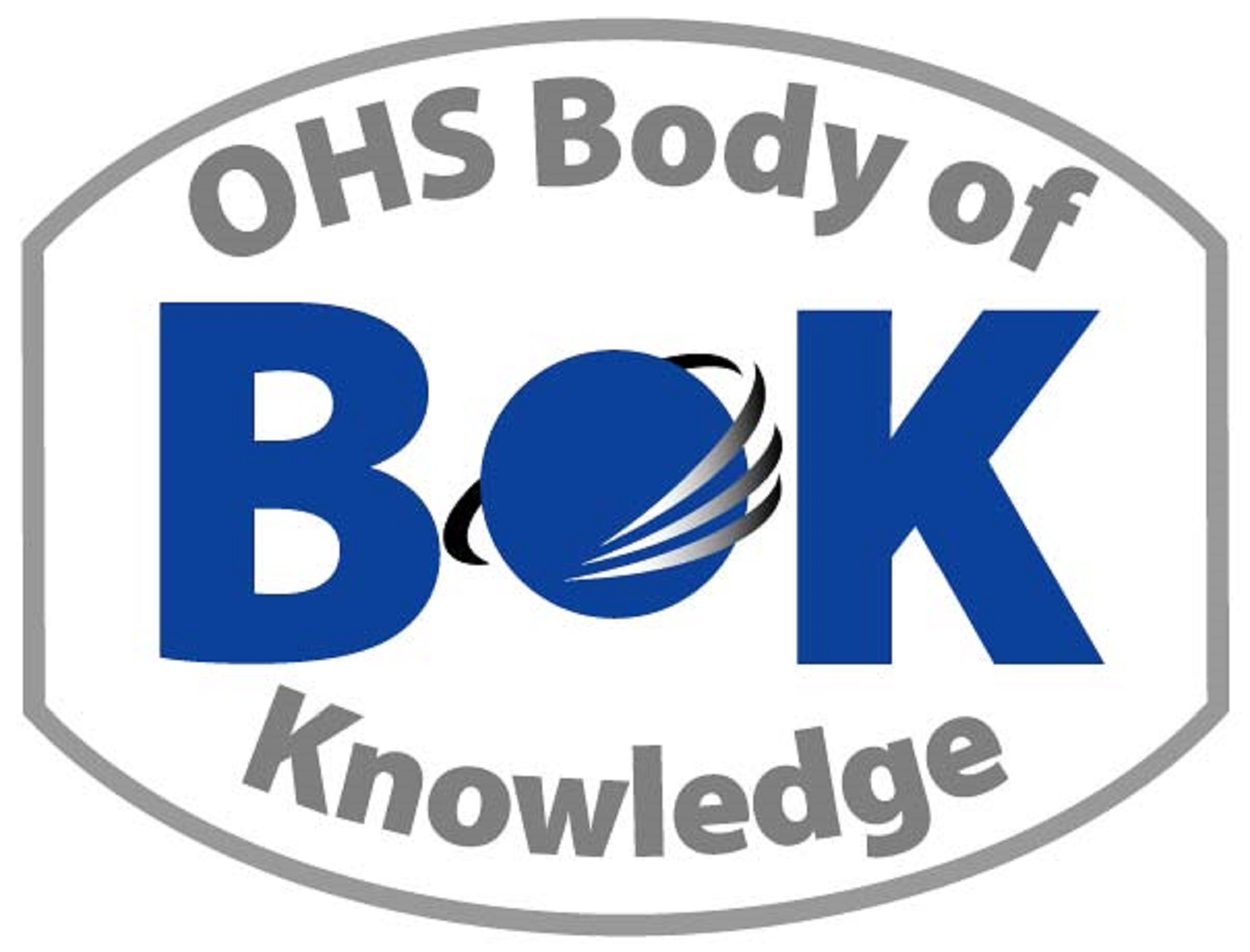Australian Institute of Health and Safety (AIHS) has made significant advancements in providing accessible resources for OHS professionals. As part of our commitment to enhancing knowledge sharing, we are pleased to introduce the BOK Audio Chapters. Developed as a response to the need for a comprehensive understanding of work-related safety and health, the OHS Body of Knowledge for Generalist OHS Professionals (OHS BoK) is now available in an audio format, allowing you to conveniently access the chapters anywhere, anytime. With the AIHS taking ownership of the publication, the BOK Audio Chapters undergo continuous maintenance and development, ensuring they reflect the latest OHS research and practices. Join us in fostering a culture of safety and well-being in the workplace by accessing the BOK Audio Chapters and empowering yourself with essential knowledge.
Upon registering, you will be able to access the audio chapters via your learning platform.
Chapter 20: Fatigue
Economic pressures for longer hours and round-the-clock working time arrangements along with a deregulated industrial landscape highlight the necessity to manage fatigue as an Occupational Health and Safety (OHS) hazard. There have been significant advances in scientific knowledge regarding the causes, consequences and methods for controlling fatigue-related risk. Changes in the amount of sleep and/or wakefulness, circadian disruption and time on task are recognised as key contributors to an individual being fatigued. Also, the cognitive demands of a given task can shape the susceptibility of a task to fatigue-related error.
The experience of fatigue is associated with increased feelings of sleepiness, impaired neuro-behavioural performance and negative mood. From an operational perspective, fatigue can sometimes manifest as an increased likelihood of fatigue-related error and/or fatigue-related accident or injury due to cognitive impairment. There are also documented negative consequences of fatigue for mental and physical health. Traditionally, fatigue has been managed primarily through the regulation of working time arrangements; specifically, regulation of shift maxima and break minima along with aggregate limits on total working hours over a specified period of time.
Recent research suggests that this is of limited benefit and that a systems approach based on the principles of risk and safety management may provide better risk mitigation. This chapter outlines the Defences in Depth (DiD) approach to fatigue management that encompasses five levels of fatigue-related hazards and their associated controls. The chapter also provides an overview of emerging research areas in the study of fatigue. Understanding and managing fatigue is essential to building a healthy and safe workplace.
Keywords: fatigue, risk, sleep, safety, health
First year of publication: 2012
Current Version: 2020
The written chapter can be viewed and downloaded at https://www.ohsbok.org.au/
Chapter 20: Fatigue. (n.d.). The OHS Body of Knowledge. https://www.ohsbok.org.au/chapter-20-psychosocial-hazards-fatigue/
Course Details
Cost: AIHS Members $27.50 | Non Members $49.50
Format: Audio Chapter
CPD Points: 1

